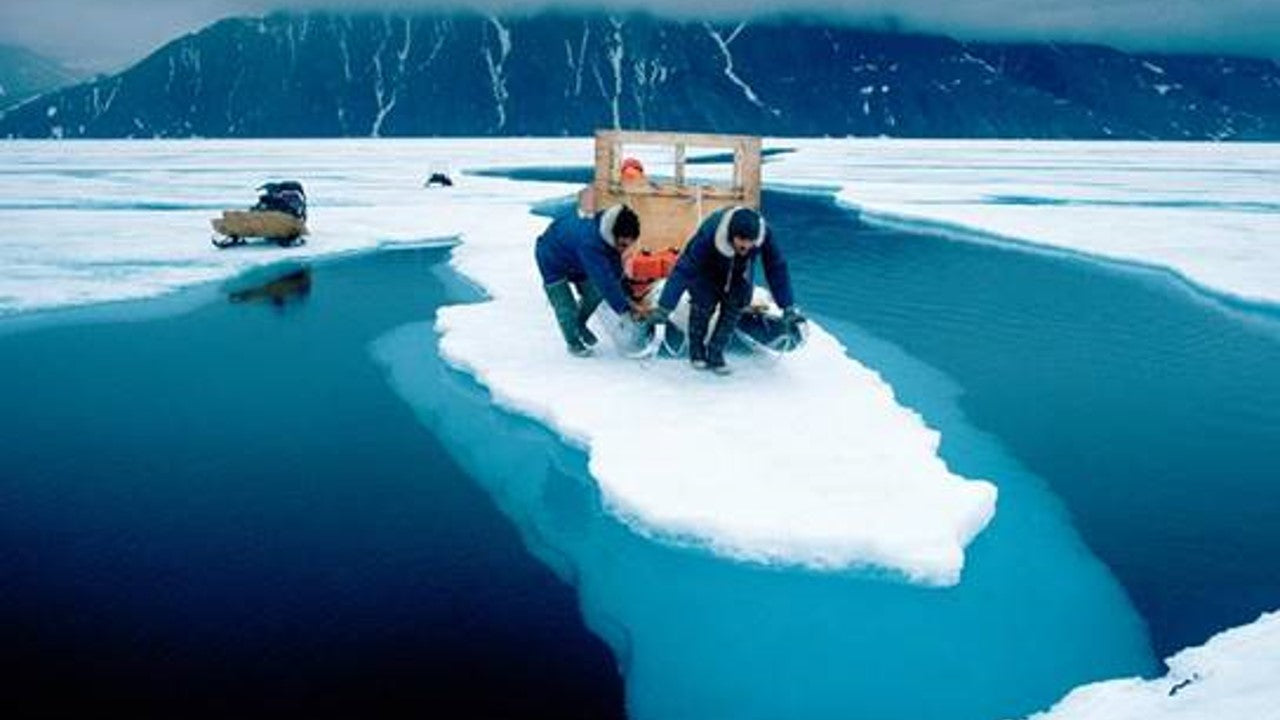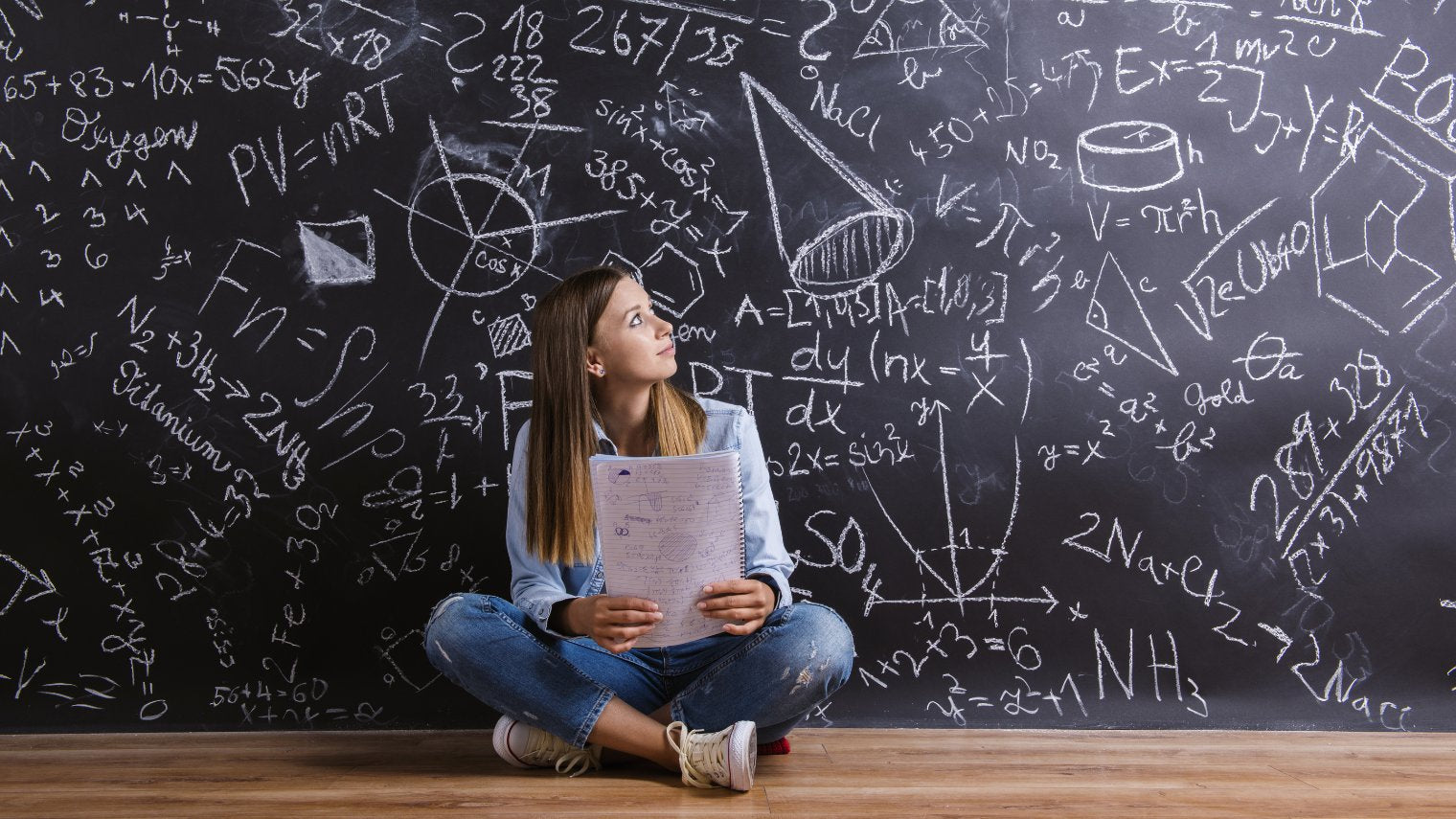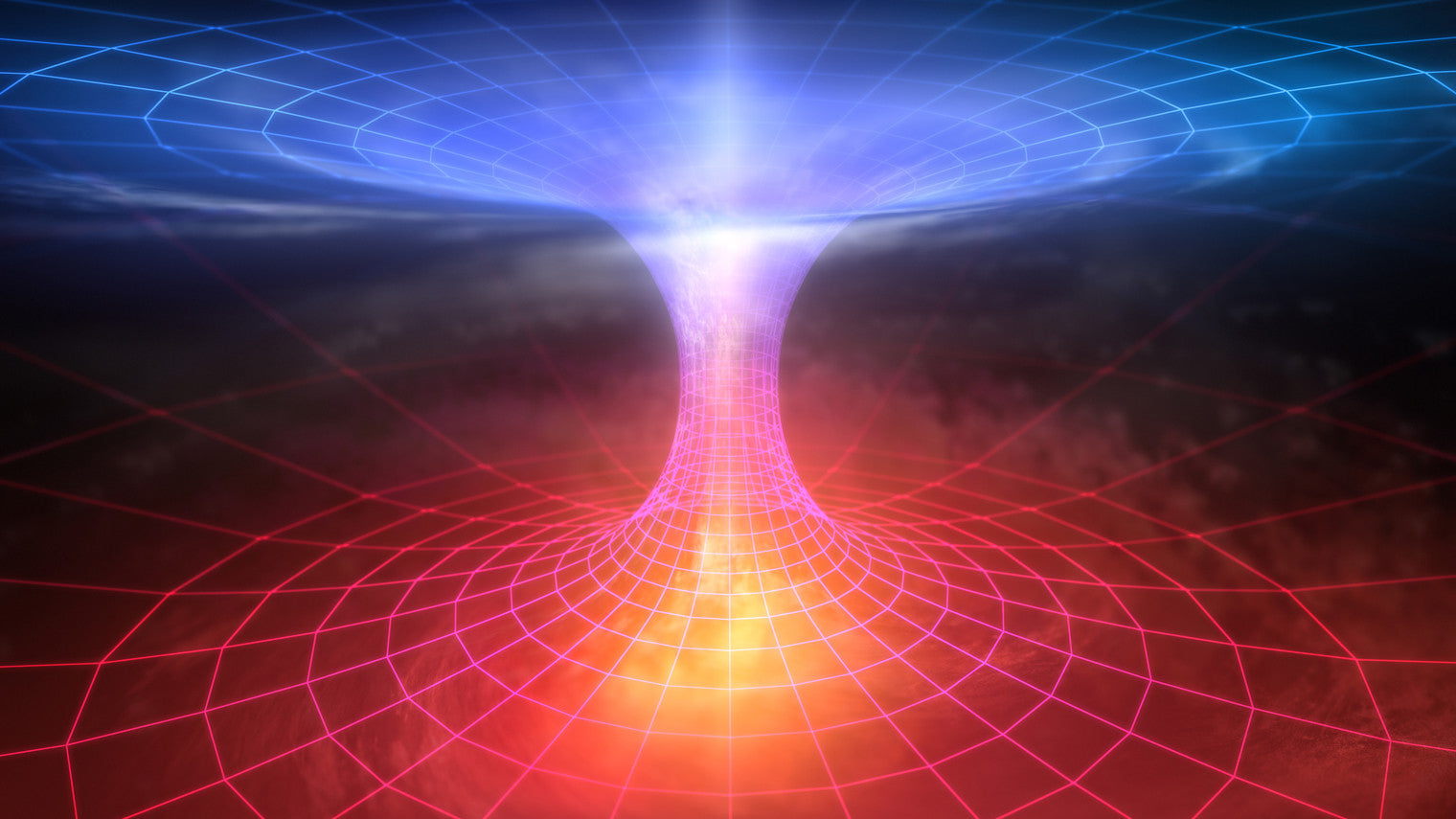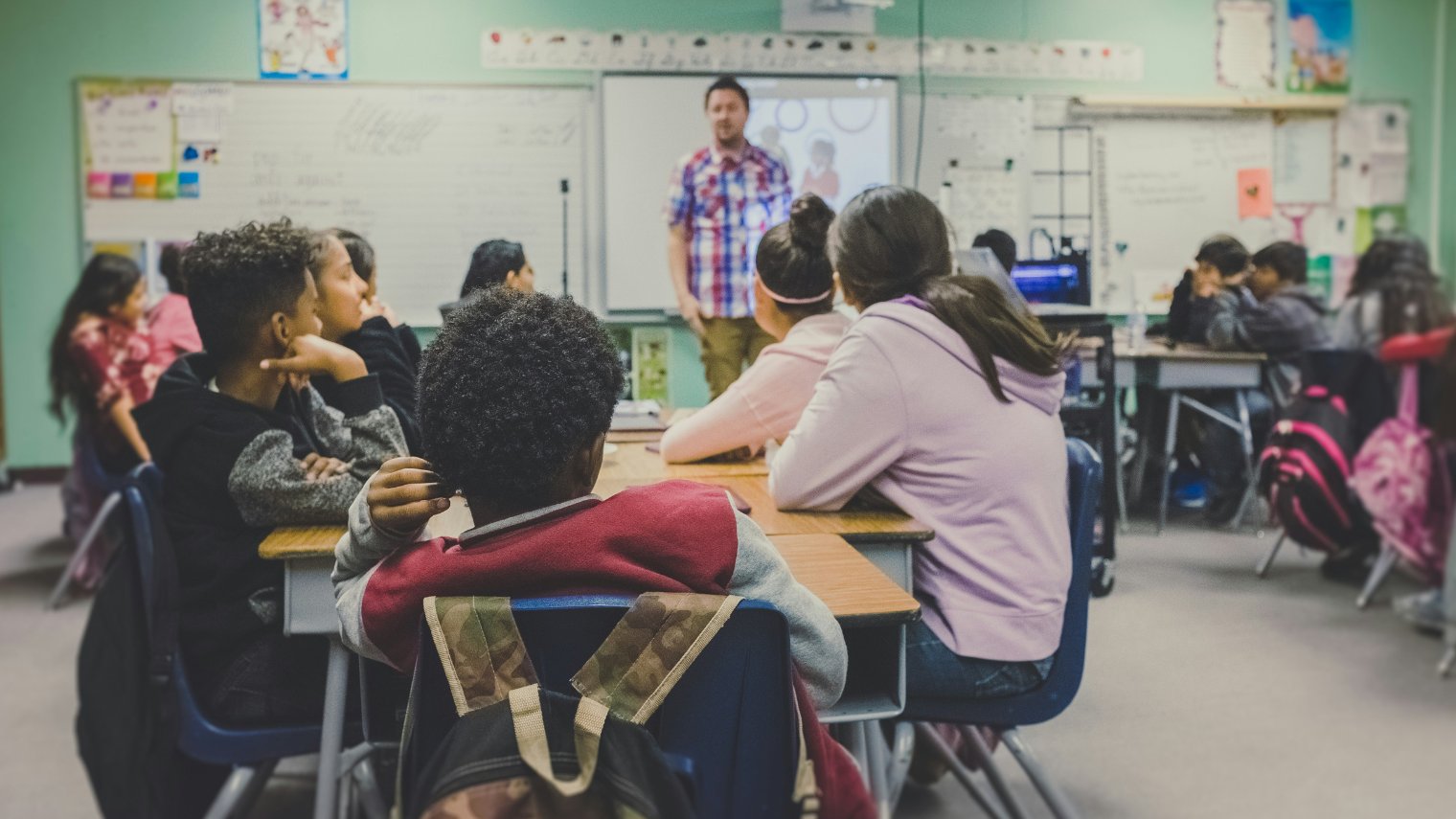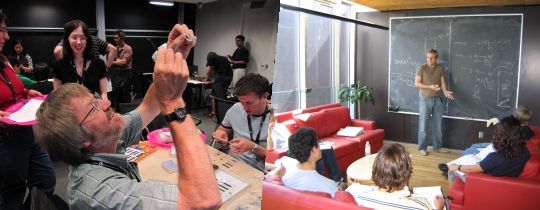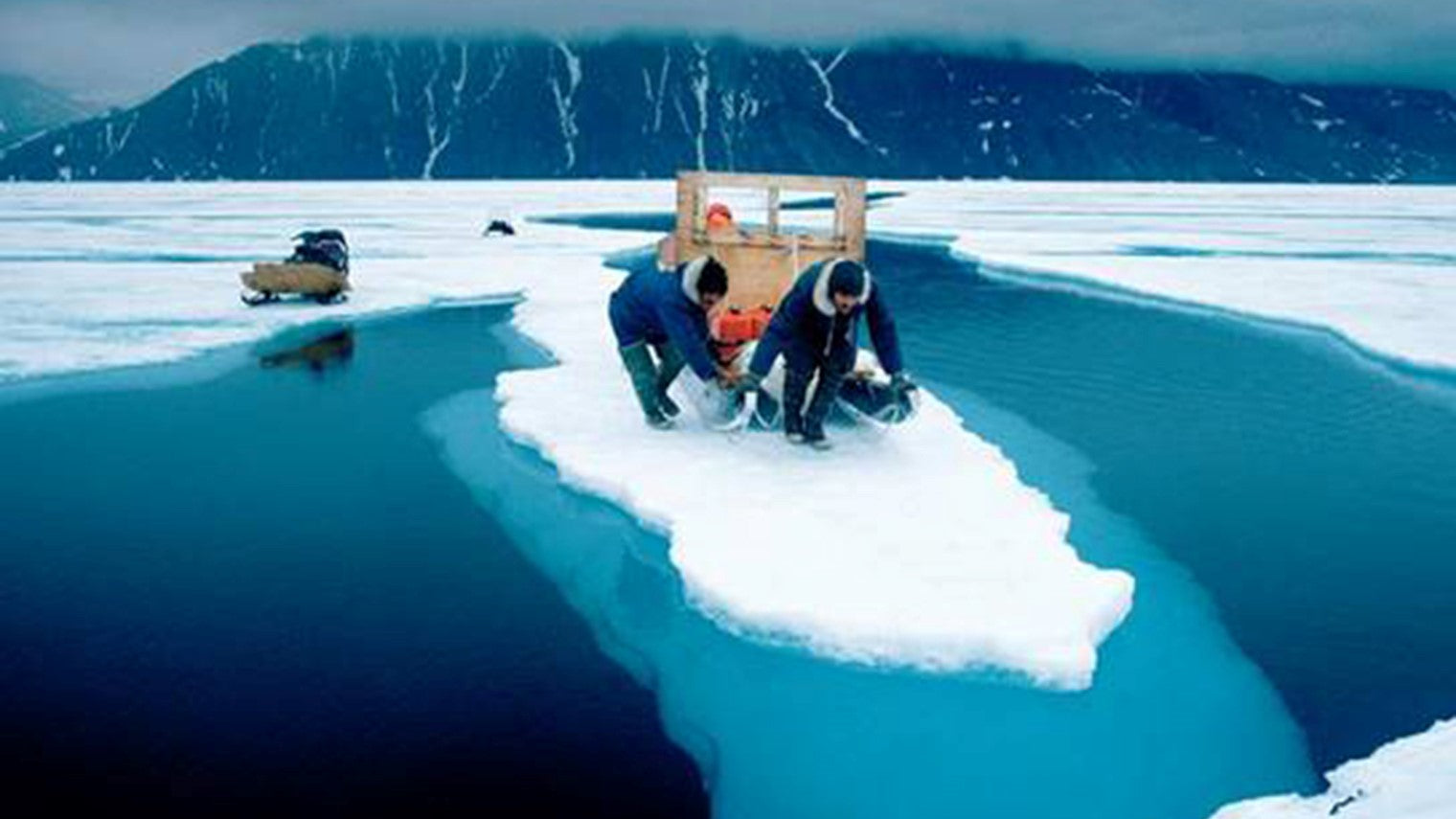
Evidence for Climate Change
New Download Options:
- With Video includes our full videos (1 GB, MOV files)
- With YouTube Video link includes a link to the same videos on YouTube

This resource addresses the science behind climate change. Students explore how carbon dioxide interacts with infrared light, what factors lead to sea-level rise, how climate modelling works, and more.
A Warming World

Students respond to three simple PEOE (Predict-Explain-Observe-Explain) demonstrations with simple equipment (e.g., balloons, water, and ice). The demonstrations involve heat capacity, thermal expansion, and density. They then examine real data, tracking how Earth’s oceans, ice sheets, and glaciers are changing, and make connections with the demonstrations.
Carbon Dioxide

Students watch a video demonstrating how different gases absorb infrared radiation, and then they use this information to make connections to Earth’s atmosphere. Using real data, students analyze the current level of carbon dioxide and compare it to historical levels.
Climate Modelling

In this interactive activity, students examine different factors (natural and anthropogenic) that might be driving climate change and identify which are most important. They analyze real data and explore how data can be misrepresented.
How Much Carbon Is In That Tree?

In this math activity, students calculate the height of a real tree using right-triangle trigonometry. They combine this information with a measurement of the tree radius to calculate the amount of carbon and carbon dioxide stored in the tree.
The Impact of Transportation

In this jigsaw activity, students analyze different modes of transportation and apply their knowledge to different travel scenarios. Students consider different trade-offs.
When Does It Make Sense to Switch?

In this math activity, students solve linear equations to make real-world economic decisions about when it makes sense to switch to greener technology.
Design Challenge: Climate in a Container

Students design and create a miniature climate model using a clear plastic container or pop bottle. They use their model to determine which factors cause the highest temperature increase in the container.
Curriculum Connections (CDN & NGSS)




